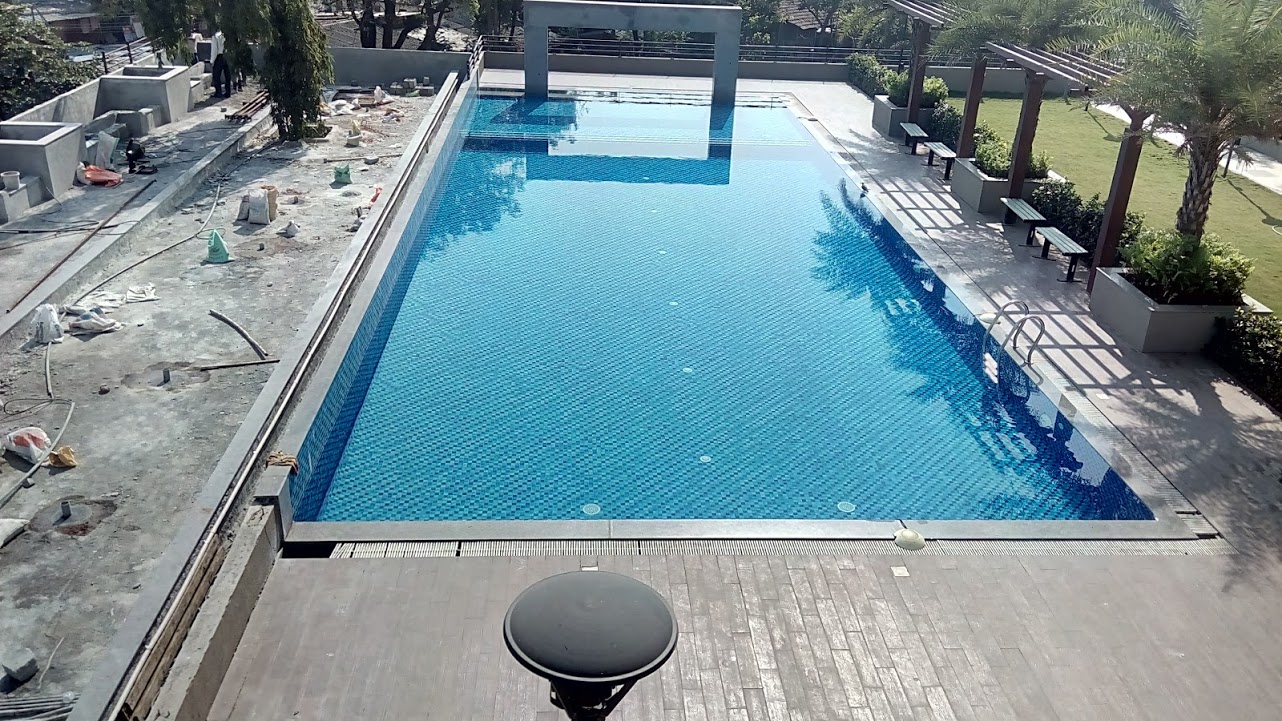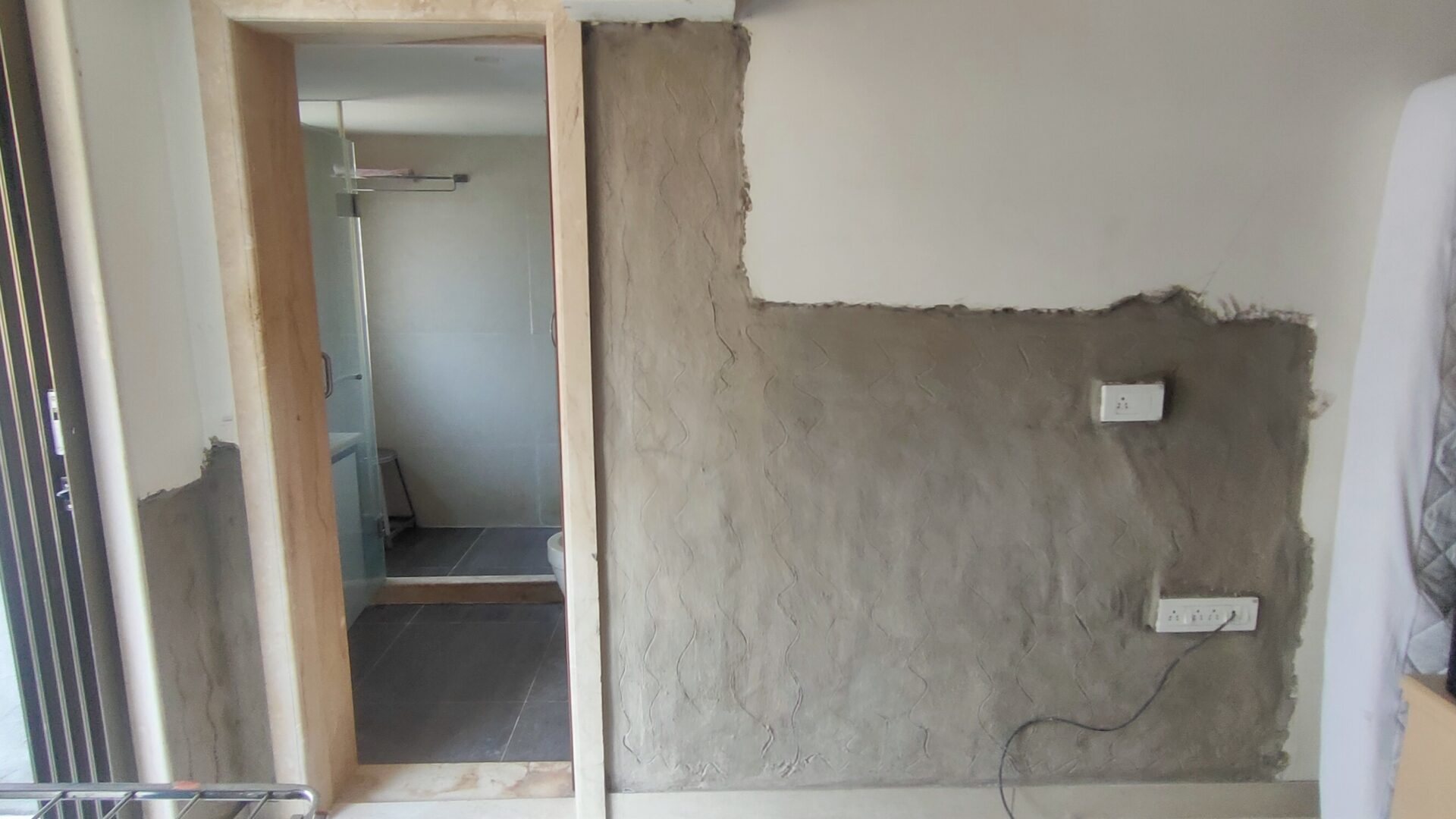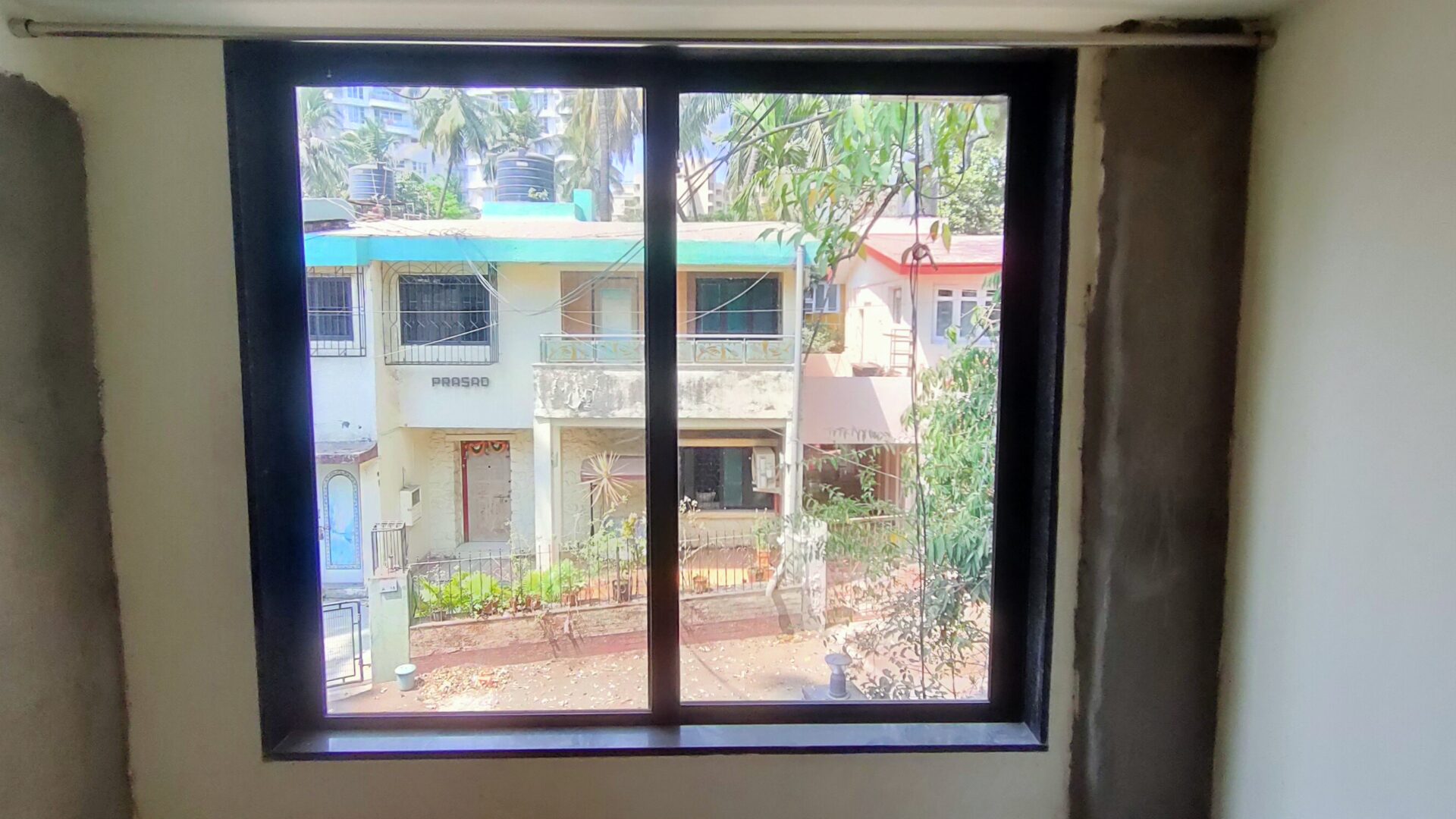Specialized Services


For a structure like a swimming pool to last many years and not require constant repair, it is essential to ensure that its structure is waterproofed promptly. The walls and the ground of a swimming pool are subjected to various penetrations such as inlets, skimmers throats, lighting fixtures, cleaning systems, and more. In addition to all this, the constant water pressure can lead to frustrating leaks, and hence concrete shells must be sealed to ensure they hold the water. It is, therefore, imperative to apply a waterproofing system in the pools of hotels, clubs, or large societies to hold the water and enable everyone to enjoy a swim without any interruptions. Waterproofing plays a crucial role in sealing the construction and assuring its long life. Water places heavy loads on the swimming pool structure and is an aggressive factor for its frame and all materials used in its construction. There are two types of Swimming pools, Enclosed and Open, and waterproofing varies depending on the structure. Our skilled team has the expertise to both and provide solutions.


Dampness in the building may occur due to bad design, faulty construction, and the use of poor-quality materials. The issue with rising damp is that it often goes on inside walls undetected for a long time, slowly damaging the structure of buildings. Early visible signs of increasing dampness may be subtle enough not to raise the alarm of the property owner until the extent of the problem is evidenced by deteriorating stumps, footings, masonry, and building bricks.
Rising dampness can also be identified by a characteristic whitish powdery tide mark (Efflorescence) on the lower section of affected walls. This tide mark is caused by salt being brought through to the surface by the effects of evaporation. These salts accumulate at the “peak” of the rising dampness. This dampness affects the life of the building and creates unhygienic conditions for the critical items of work in the construction of a building, making prompt treatment necessary.
The treatment given to prevent water leakage from the roof is generally termed waterproofing, whereas the treatment given to keep the walls, floors, and basement dry is termed damp proofing. With respect to damp proofing, it will only keep the dampness out of your basement or foundation but cannot prevent water from seeping in through cracks. However, waterproofing effectively prevents water from entering your basement through any holes or cracks. Hence, it is far more effective in keeping water in its various states from crossing a surface, which means moisture from the soil, water vapor, and water under hydrostatic pressure is efficiently barred. Therefore, quality waterproofing can be the difference between a substantial, long-lasting, healthy home and one that constantly requires repair and maintenance.
Rising damp problems often occur because a Damp-Proof Course (DPC) has not been installed. We specialize in providing solutions for this by injecting our own Penetrating Water Repellent (PWR) chemical into the wall, creating a Damp Proof Course (DPC). This barrier prevents moisture from seeping up through capillary action, protecting the brickworks from further damage caused by rising dampness. In addition, we can offer you long-lasting solutions with our experienced expertise.

Windows is a fundamental structure. While keeping the dirt and rain outside is the primary function of windows, if the integrity of your window glazing is compromised, then you may experience many problems that could have been avoided with proper window waterproofing.
Windows Waterproofing is essential for the below reasons-

Concrete is a highly porous material subject to water damage and deterioration without waterproofing. Water rusts the chloride ions found within reinforced concrete structures, which causes the ions to expand and the concrete to spall or crumble.
Waterproofing your structure acts as a preventive measure against a lot of issues that could arise later: –
While waterproofing your home often makes you feel like a daunting task, prevention is always better than cure. It is best to think of it as a long-term investment that makes money during the building’s lifetime.